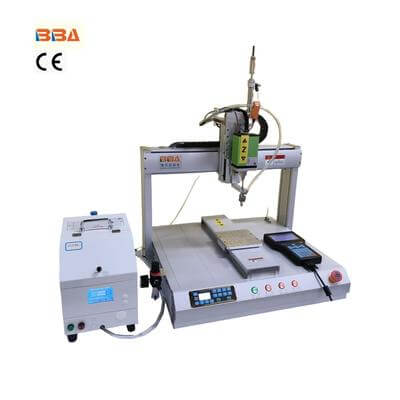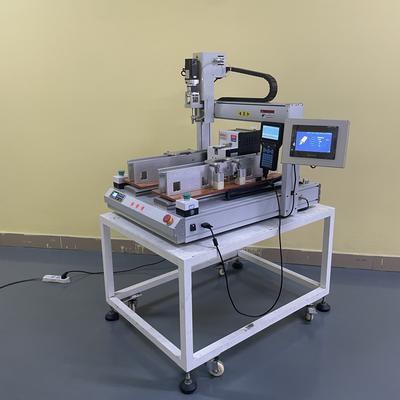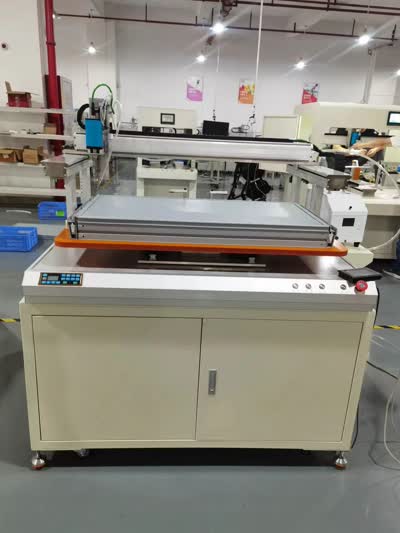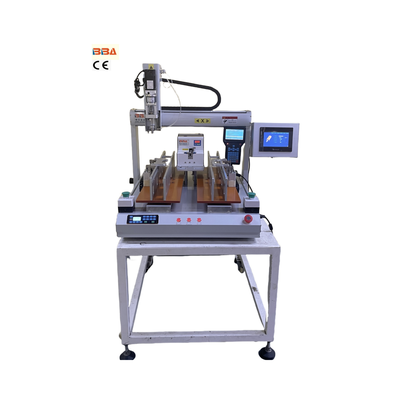Integrating Screw Feeders with Desktop Screwdriver Robots for Industrial Automation
| Product Name | Applicable industries |
| Screw Fastening Unit | Industrial Control Panel Assembly |

In the rapidly evolving world of industrial automation, integrating specialized equipment such as screw feeders with compact robotic systems like desktop screwdriver robots can significantly enhance efficiency and precision in assembly processes. This blog explores the key considerations, benefits, and implementation strategies for seamlessly combining these technologies.
Why Integrate a Screw Feeder with a Desktop Screwdriver Robot?
A desktop screwdriver robot is designed for small-scale assembly tasks, offering high precision and repeatability. By integrating a screw feeder, the system gains the ability to automatically supply screws, eliminating manual loading and reducing human intervention. This combination minimizes errors, accelerates production cycles, and improves consistency in screw driving applications.
Key Components for Successful Integration
1. Screw Feeder Selection: Choose a feeder compatible with the size and type of screws used in your application. Vibratory or pneumatic feeders are common options, depending on screw material and feed rate requirements.
2. Robot Compatibility: Ensure the desktop screwdriver robot can interface with the feeder’s control system. This may require configuring I/O signals or using a shared PLC for synchronization.
3. End-Effector Design: The robot’s tooling must reliably pick screws from the feeder and drive them accurately. Magnetic or vacuum attachments are often used to secure screws during transfer.
Implementation Best Practices
To optimize the integrated system:
- Calibrate Feed Timing: Synchronize the feeder’s output with the robot’s operational cycle to prevent jams or delays.
- Implement Error Handling: Add sensors to detect misaligned screws or feeding issues, triggering corrective actions.
- Optimize Workspace Layout: Position the feeder close to the robot’s working area to minimize screw travel distance.
Benefits of the Integrated System
Combining a screw feeder with a desktop screwdriver robot offers:
- Higher Throughput: Automated screw feeding reduces idle time between fastening operations.
- Improved Accuracy: Eliminates inconsistencies caused by manual screw placement.
- Labor Savings: Reduces the need for operators to monitor screw supply.
- Scalability: Easily adaptable to varying production volumes or screw types.
Conclusion
Integrating a screw feeder with a desktop screwdriver robot is a practical solution for small to medium-scale assembly automation. Careful selection of components, precise synchronization, and robust error handling ensure smooth operation. This setup not only boosts productivity but also delivers the consistency required for high-quality manufacturing outcomes. As automation trends continue to prioritize flexibility and precision, such integrations will become increasingly vital in modern industrial environments.


